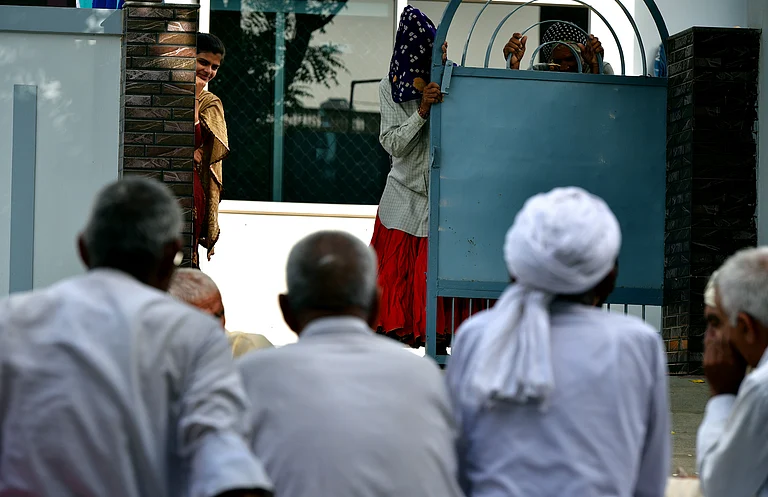Timelines produce parallels. Take 1986 and 2020 as a test case. The world was on its edge when Chernobyl exploded; space shuttle Challenger disintegrated seconds after launch; Halley’s Comet made its second visit to the solar system in the 20th century; and the first case of mad cow disease was found in 1986. It was also the year India revised its education policy on PM Rajiv Gandhi’s watch. Cut back to 2020, a novel coronavirus has grounded humanity, billionaire Elon Musk’s SpaceX launched two NASA astronauts, and Comet Neowise, one of the brightest, gave earthlings a flyby. It’s also the year the Indian government under PM Narendra Modi’s stewardship revised its education policy—overdue for 34 years.
The government approved the National Education Policy 2020 to bring “large-scale reforms” in school and colleges—an overhaul that promises formal education to children, starting with three-year-olds. Key takeaways include replacing 10+2 in schools with a 5+3+3+4 curricular structure; mother tongue or local language will be the preferred medium of instruction at least up to Class 5, and to equip kids with 21st-century skills, they will be taught computer coding from Class 6. Vocational education will start from Class 6. The NCERT will come up with a curriculum of reduced content, giving students more flexibility and choice of subjects. “There will be no rigid separations between arts and sciences,” school education secretary Anita Karwal says.
Higher education is set for major changes as well—flexible curricula, creative combinations of subjects (say, aeronautical engineering and music), multiple entry and exit points, three- and four-year degree courses et al. “A student will get a certificate after one year, advanced diploma after two years, the bachelor’s degree after three years and a bachelor’s with research after four years,” Khare explains. So, undergraduate students opting out after the first year will get a certificate, a diploma after the second…earning “academic credits” along the way that can be redeemed as and when they want to enroll and complete the course. The system of universities affiliating colleges will be phased out in 15 years and there will be a mechanism for granting graded autonomy to colleges. MPhil programmes will be discontinued; a common entrance test will be held for admission to universities.
With the changes in place, the government targets a gross enrollment ratio of 50 per cent by 2035 in higher education, and expansion of online/digital education. “The Centre and the states will work together to increase public investment in education to reach 6 per cent of GDP at the earliest,” higher education secretary Khare says. Besides, “top ranking” foreign universities will be allowed to open campuses in India. And of course, the ministry of human resource development (HRD) will be renamed as education ministry, reversing the Rajiv Gandhi government’s decision to change the name in 1985.
The policy has triggered a debate. The Delhi University Teachers’ Association and Left-backed student unions opposed it. Autonomy, they say, will give “unfettered powers” to colleges. “It amounts to converting/handing over education as a business to corporate houses,” DUTA president Rajib Ray says. But most in the sector welcomed the reforms. “Allowing technical institutes to become multi-disciplinary will help IIMs and IITs to start departments like medical. This will help them compete with the world’s elite,” says Mahadeo Jaiswal, director of IIM-Sambalpur.


























